Collaboration and Partnerships
The Microplastic Recycling Market is witnessing an increase in collaboration and partnerships among various stakeholders, including governments, NGOs, and private companies. These collaborations aim to develop comprehensive strategies for tackling microplastic pollution and enhancing recycling efforts. By pooling resources and expertise, stakeholders can create more effective recycling systems and raise awareness about the importance of microplastic recycling. Recent initiatives have shown that partnerships can lead to innovative solutions, such as community-based recycling programs, which have proven successful in reducing plastic waste. This collaborative approach is likely to strengthen the Microplastic Recycling Market, fostering a more sustainable future.
Rising Environmental Awareness
The Microplastic Recycling Market is benefiting from a notable rise in environmental awareness among consumers and businesses alike. As public concern regarding plastic pollution escalates, there is a growing demand for sustainable products and practices. This shift in consumer behavior is prompting companies to invest in microplastic recycling initiatives to meet the expectations of environmentally conscious consumers. Market data suggests that brands that prioritize sustainability are likely to capture a larger market share, with studies indicating that 70% of consumers are willing to pay a premium for eco-friendly products. Consequently, the Microplastic Recycling Market is poised for growth as businesses align their strategies with consumer values.
Increasing Regulatory Pressures
The Microplastic Recycling Market is significantly influenced by increasing regulatory pressures aimed at reducing plastic waste. Governments worldwide are implementing stricter regulations on plastic production and disposal, which in turn drives the demand for effective recycling solutions. For instance, recent legislation mandates that a certain percentage of plastic waste must be recycled, creating a robust market for microplastic recycling technologies. This regulatory environment not only encourages innovation but also compels businesses to adopt sustainable practices. As a result, the Microplastic Recycling Market is likely to see substantial growth, with projections indicating a potential market expansion of over 20% in the coming years.
Investment in Research and Development
The Microplastic Recycling Market is experiencing a significant increase in investment in research and development. Companies are recognizing the need to innovate and improve recycling technologies to address the challenges posed by microplastics. This investment is crucial for developing new methods that can efficiently process microplastics and convert them into valuable resources. Recent reports indicate that R&D spending in the recycling sector is expected to grow by 15% annually, reflecting the urgency to find sustainable solutions. As a result, the Microplastic Recycling Market is likely to evolve rapidly, with new technologies emerging that could revolutionize the recycling landscape.
Technological Innovations in Microplastic Recycling
The Microplastic Recycling Market is experiencing a surge in technological innovations that enhance recycling processes. Advanced techniques such as chemical recycling and pyrolysis are being developed to effectively break down microplastics into reusable materials. These innovations not only improve the efficiency of recycling but also reduce the environmental impact associated with traditional waste management methods. According to recent data, the adoption of these technologies could potentially increase recycling rates by up to 30% over the next five years. As a result, companies are investing heavily in research and development to stay competitive in the Microplastic Recycling Market, indicating a promising future for sustainable practices.
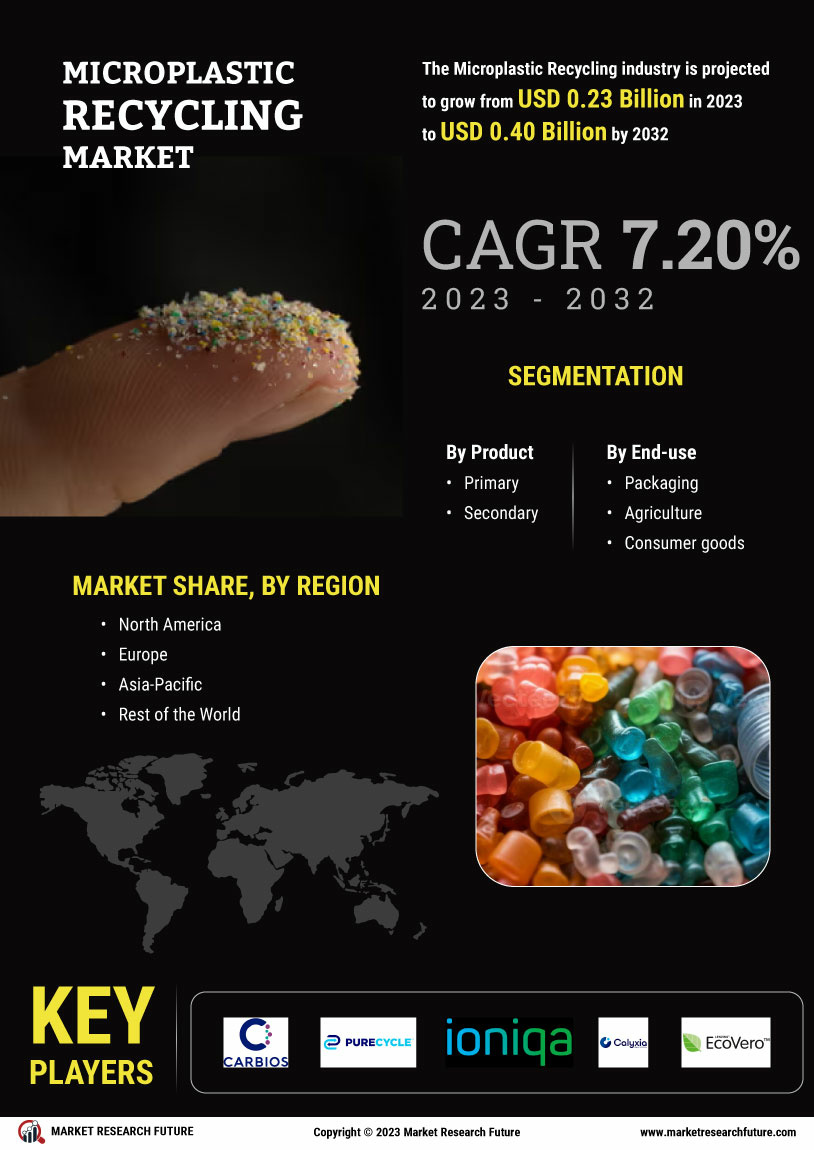

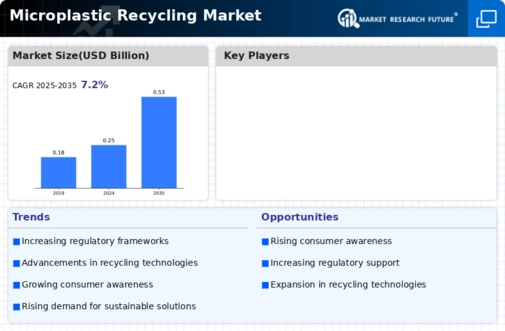
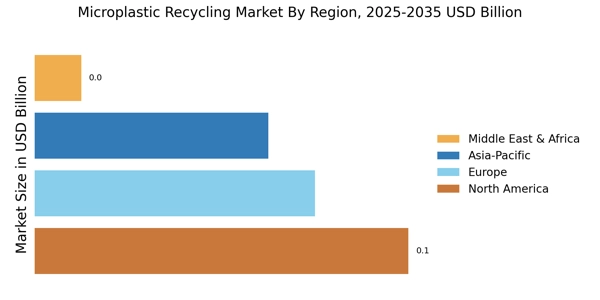

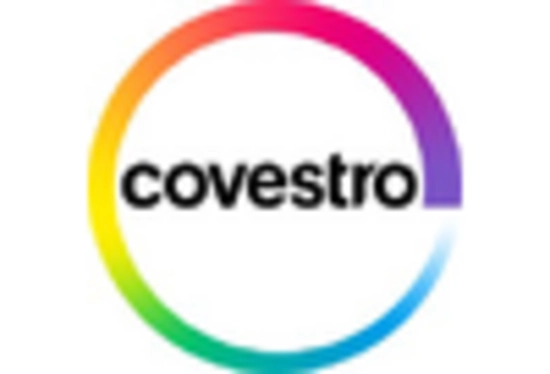
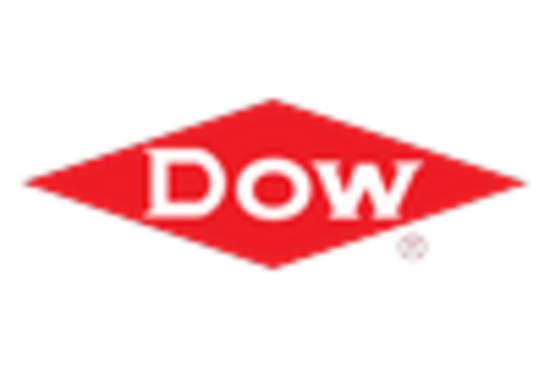
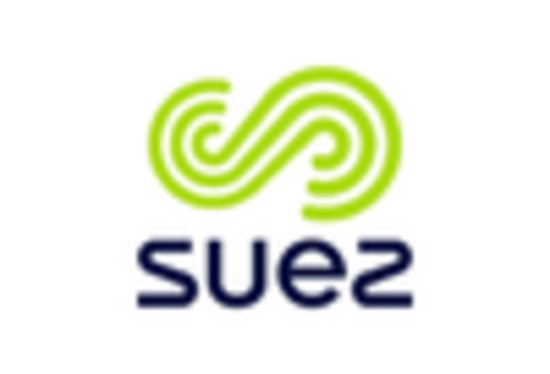

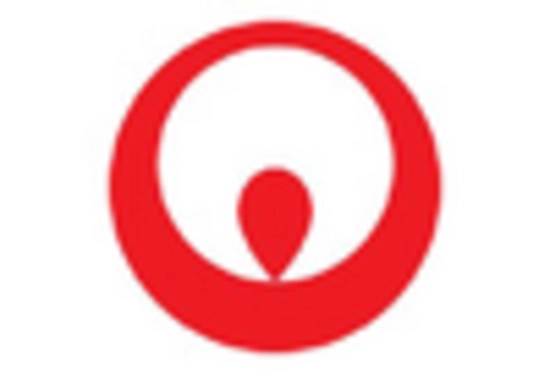








Leave a Comment